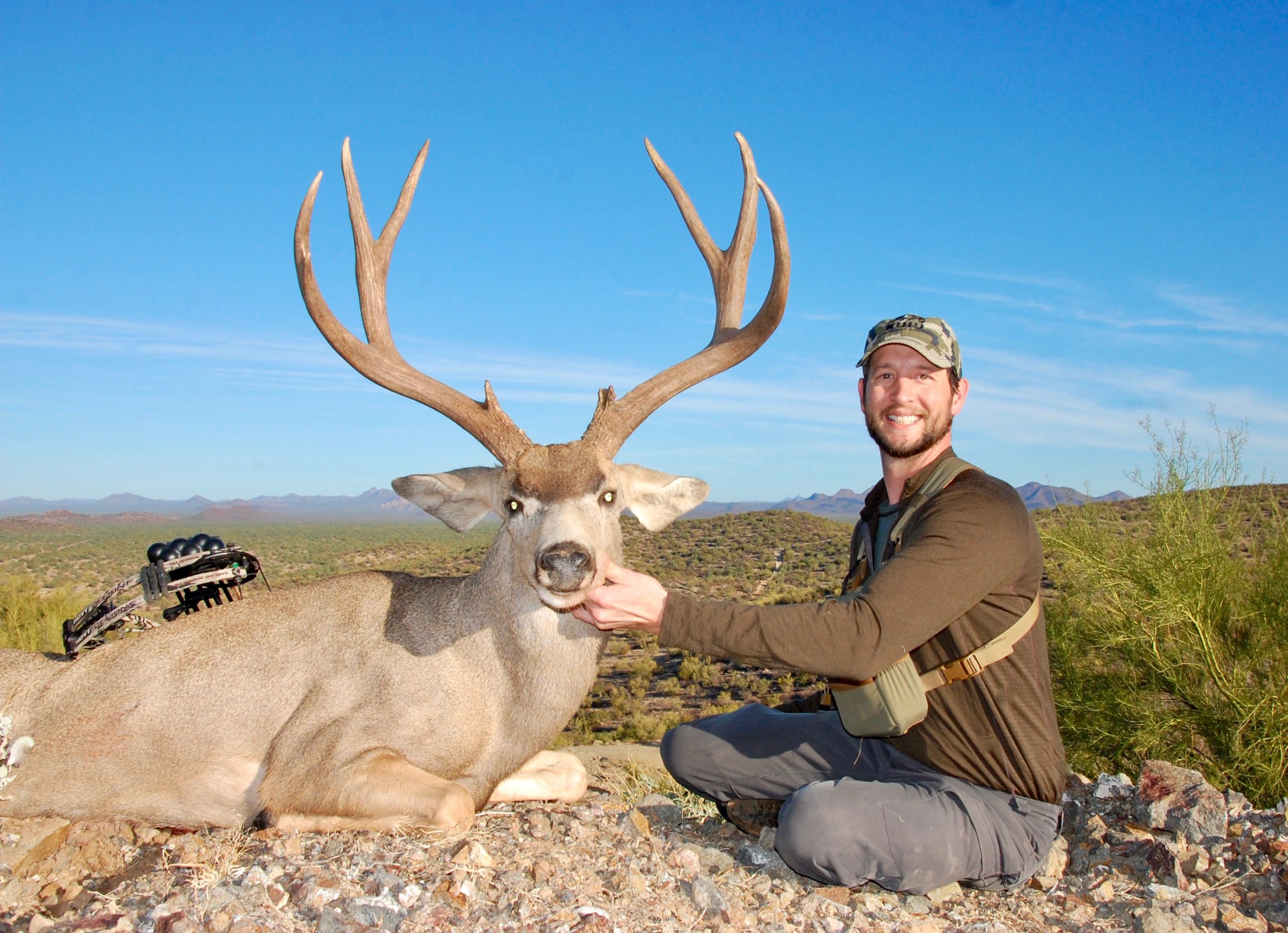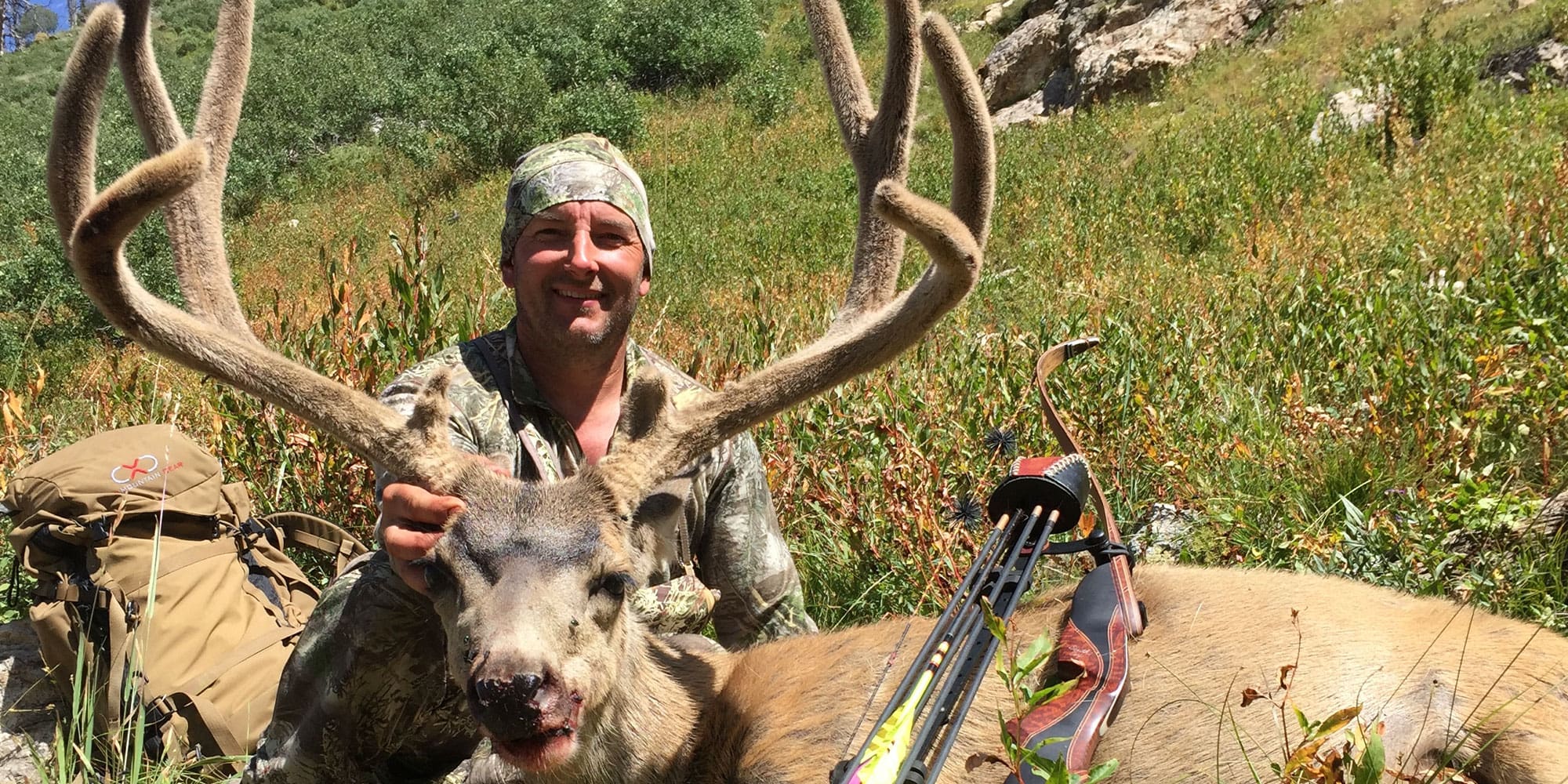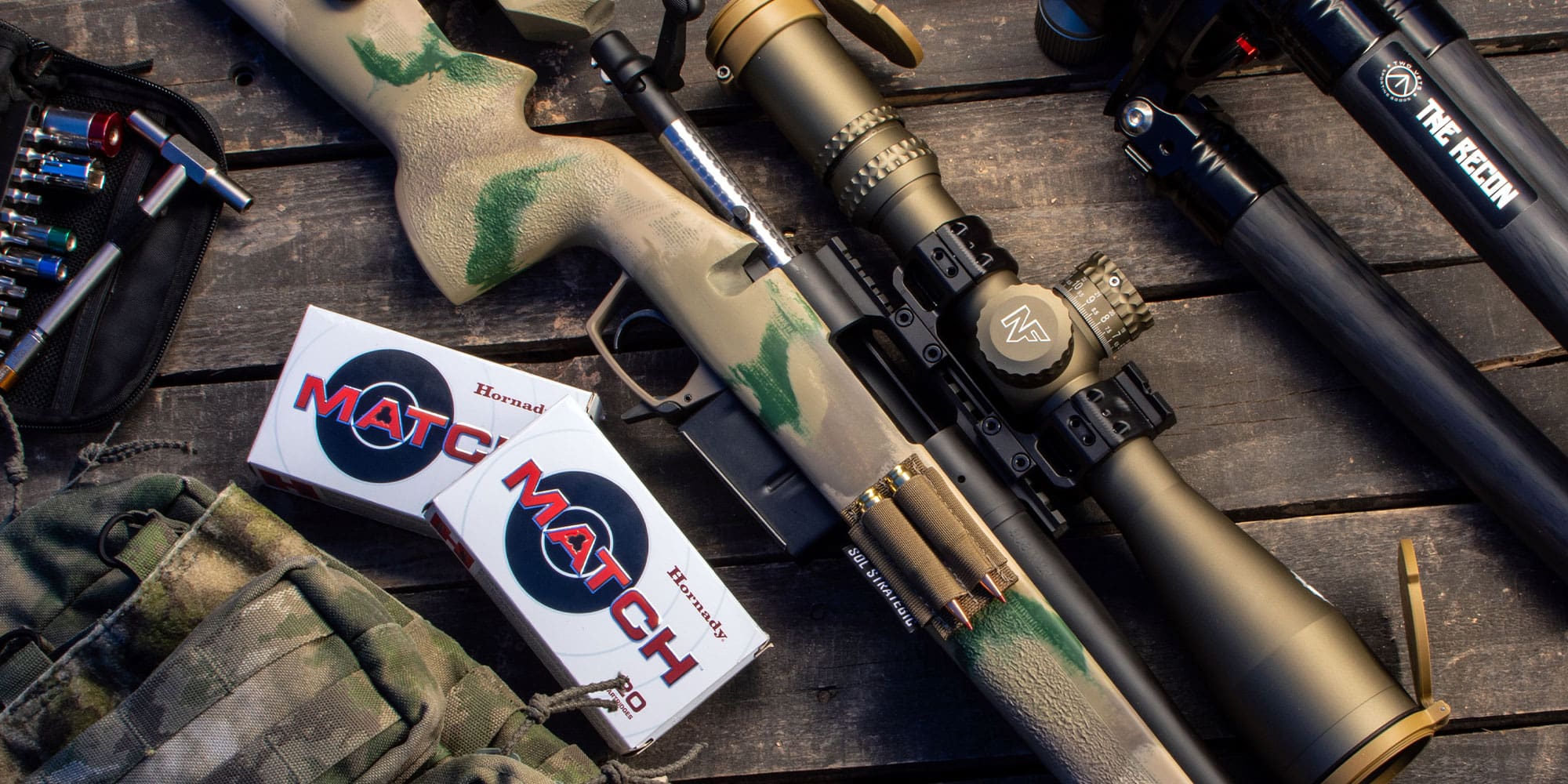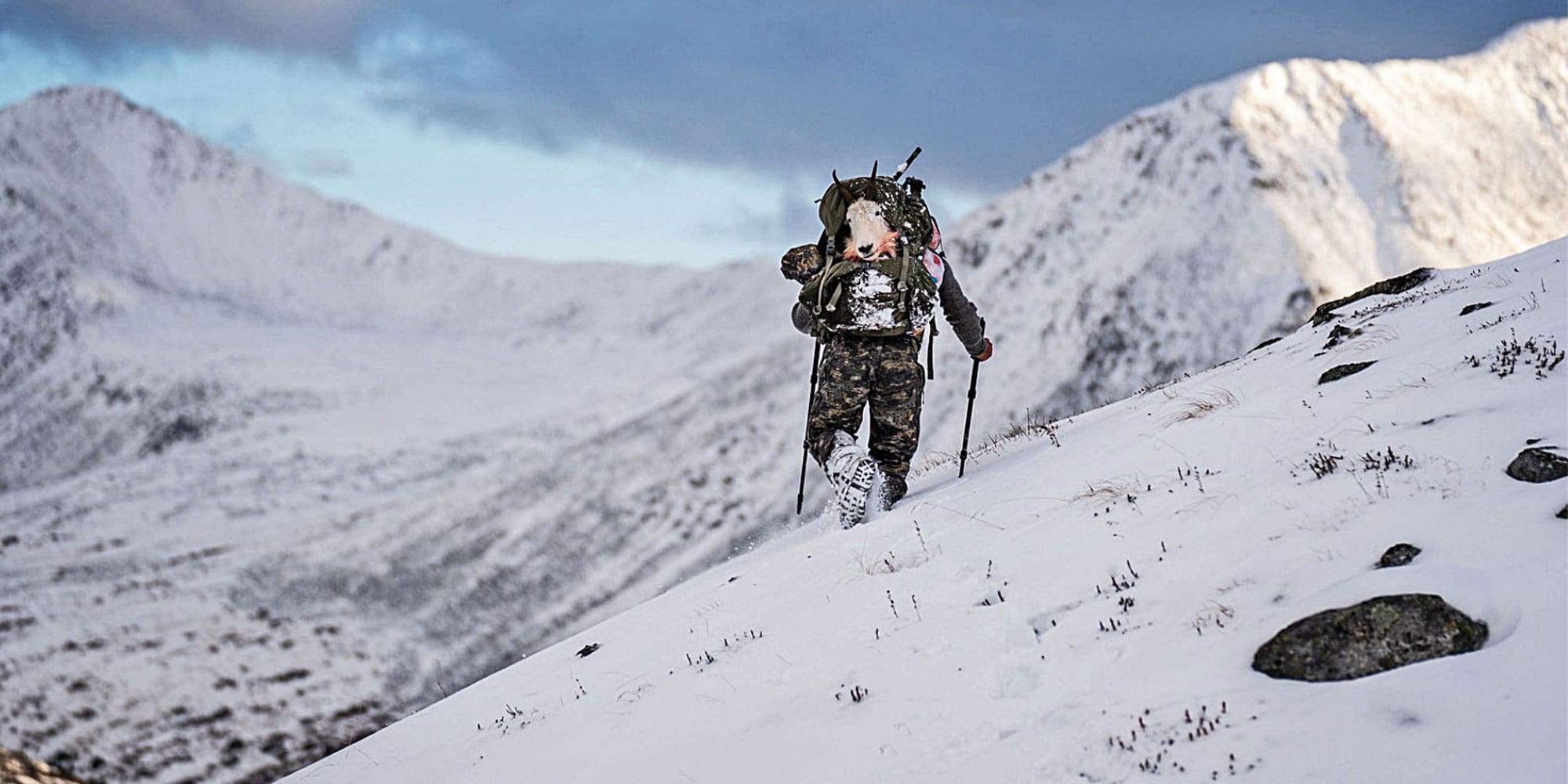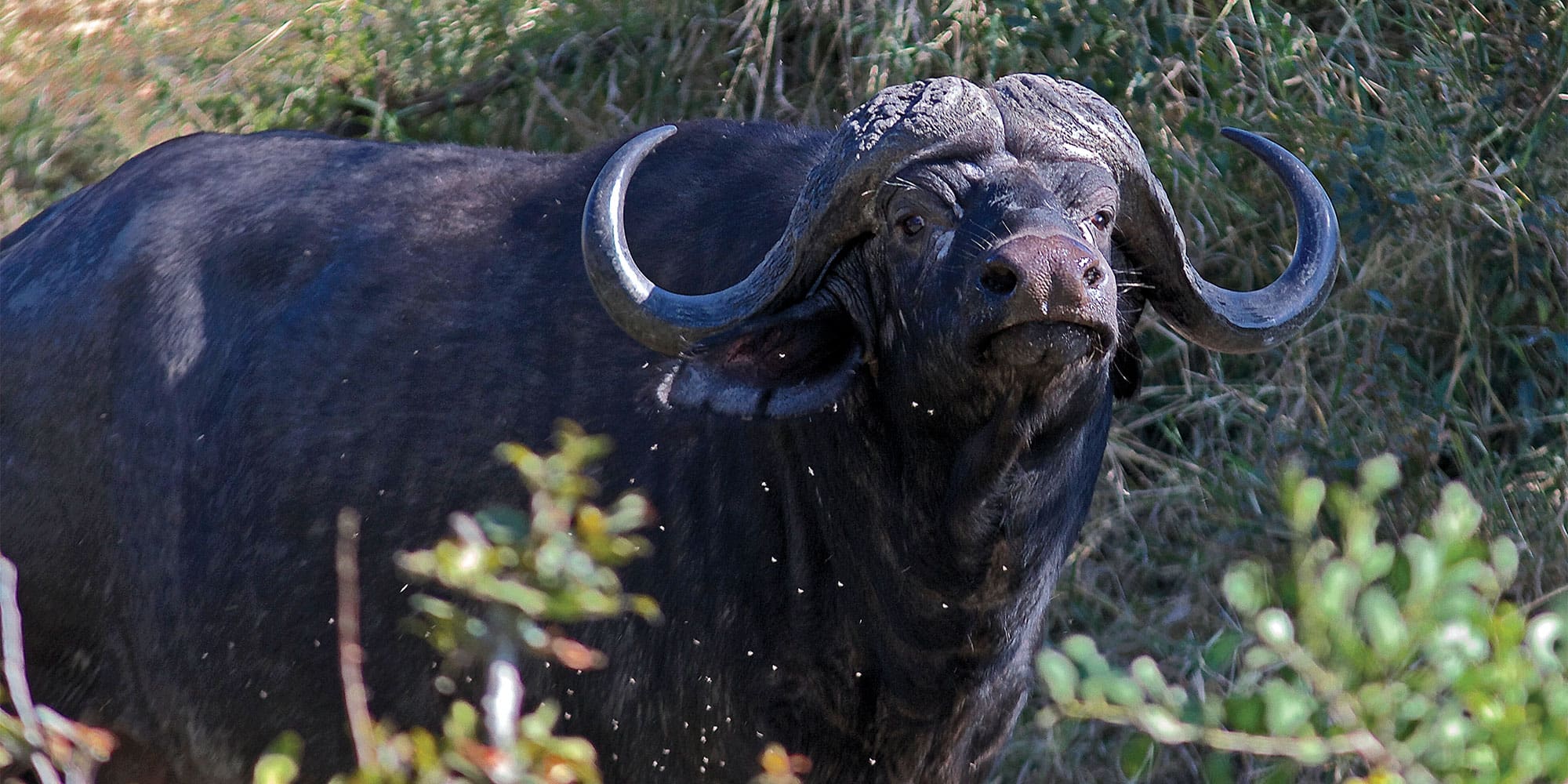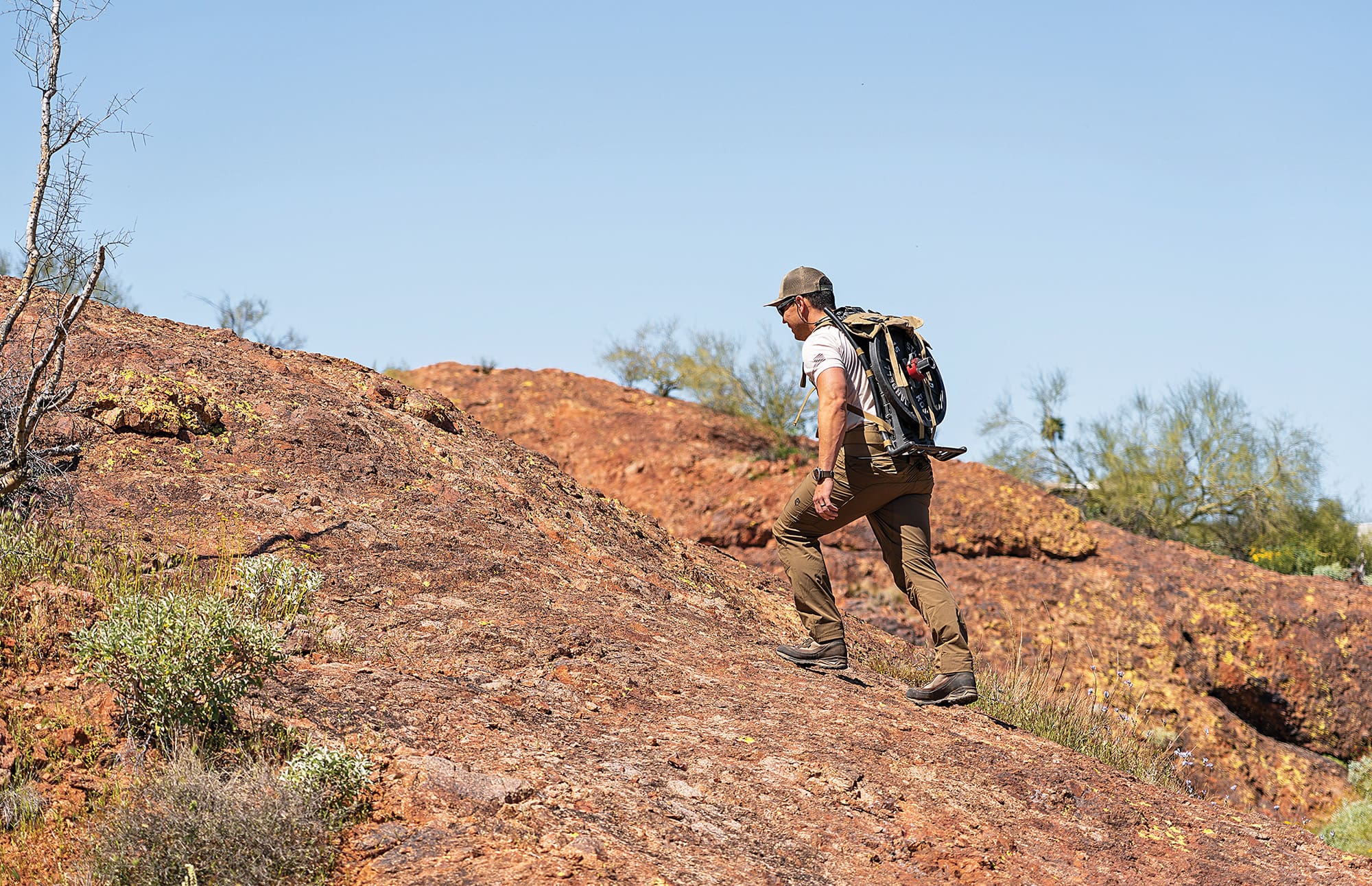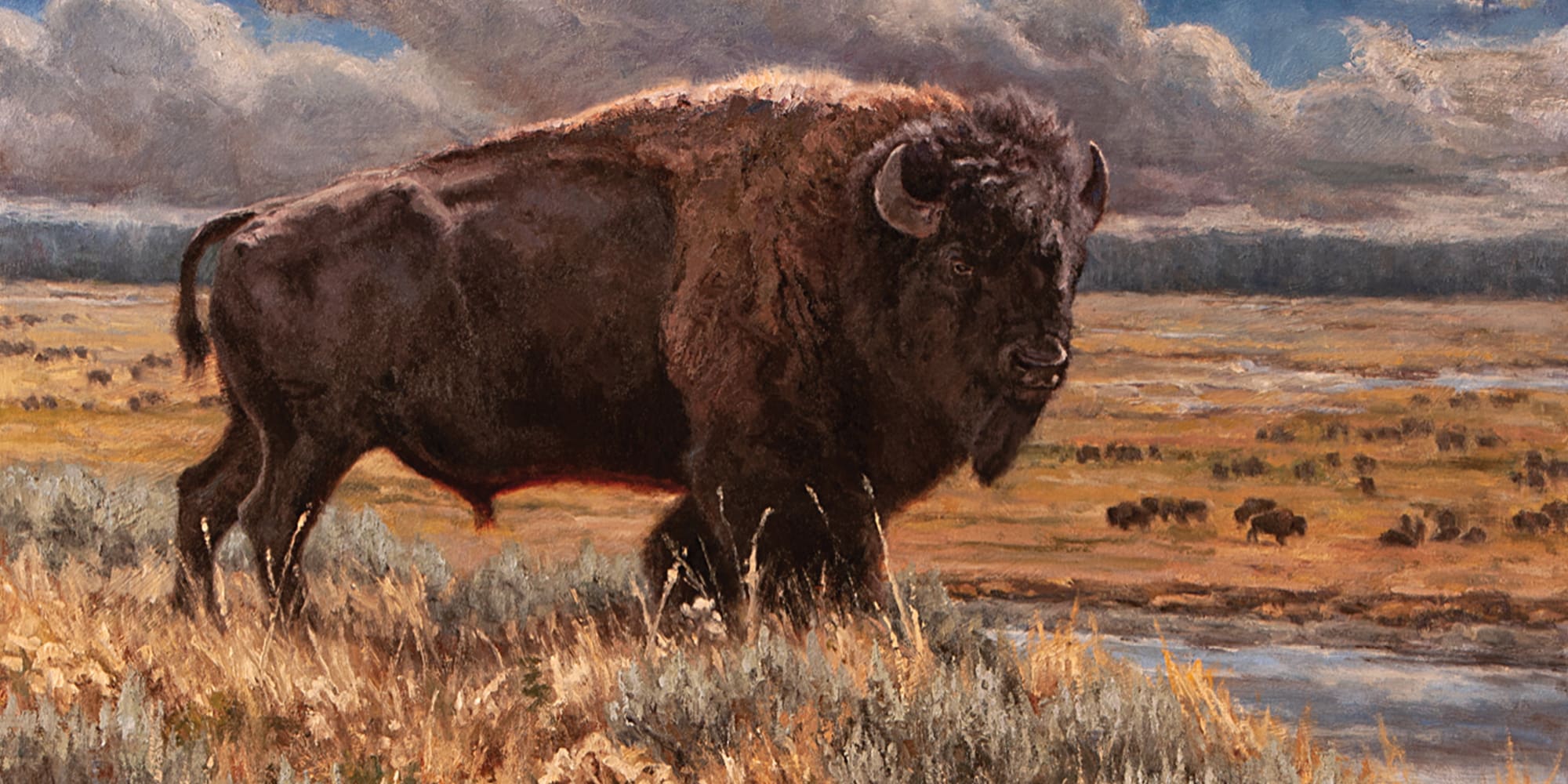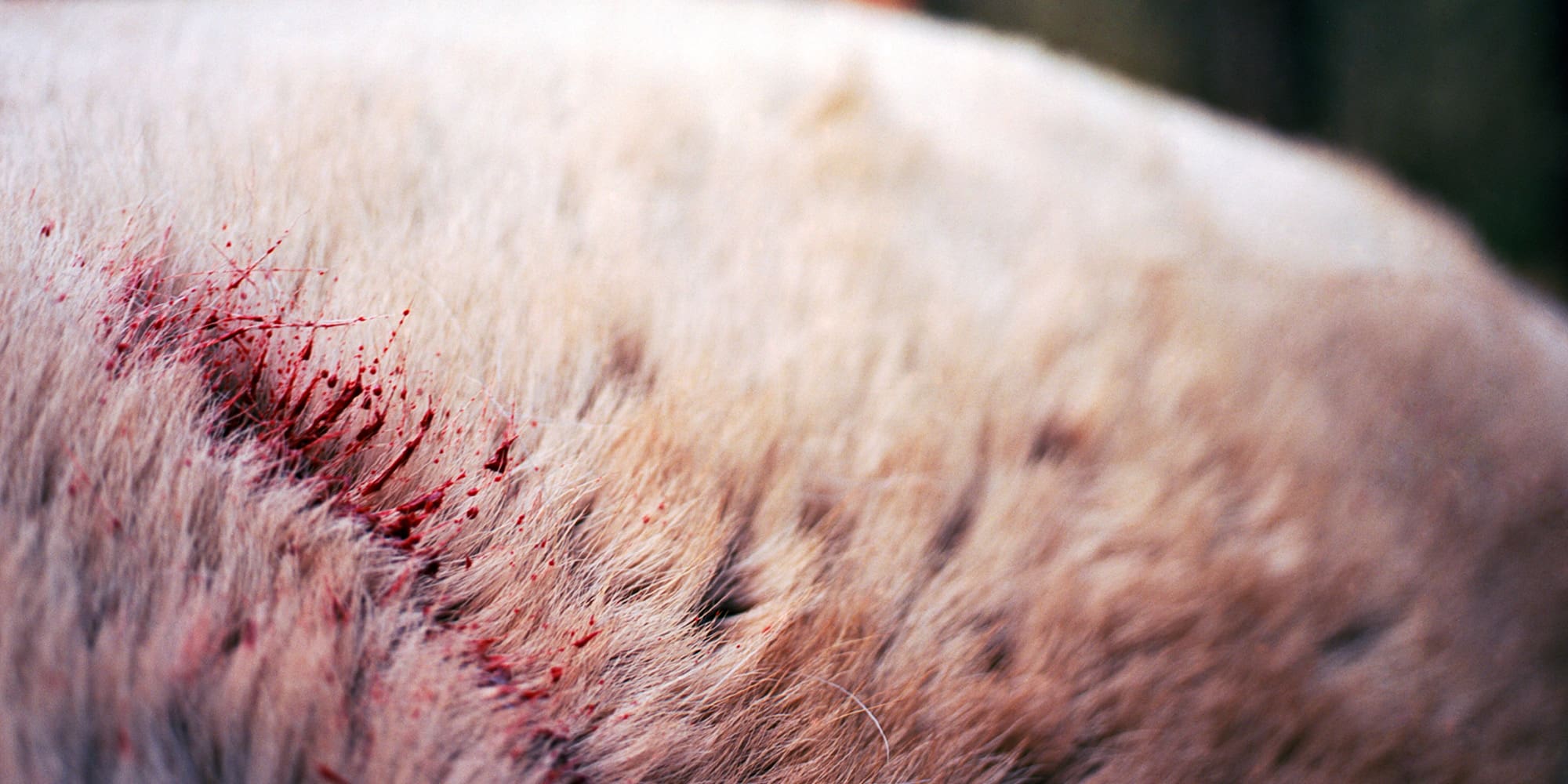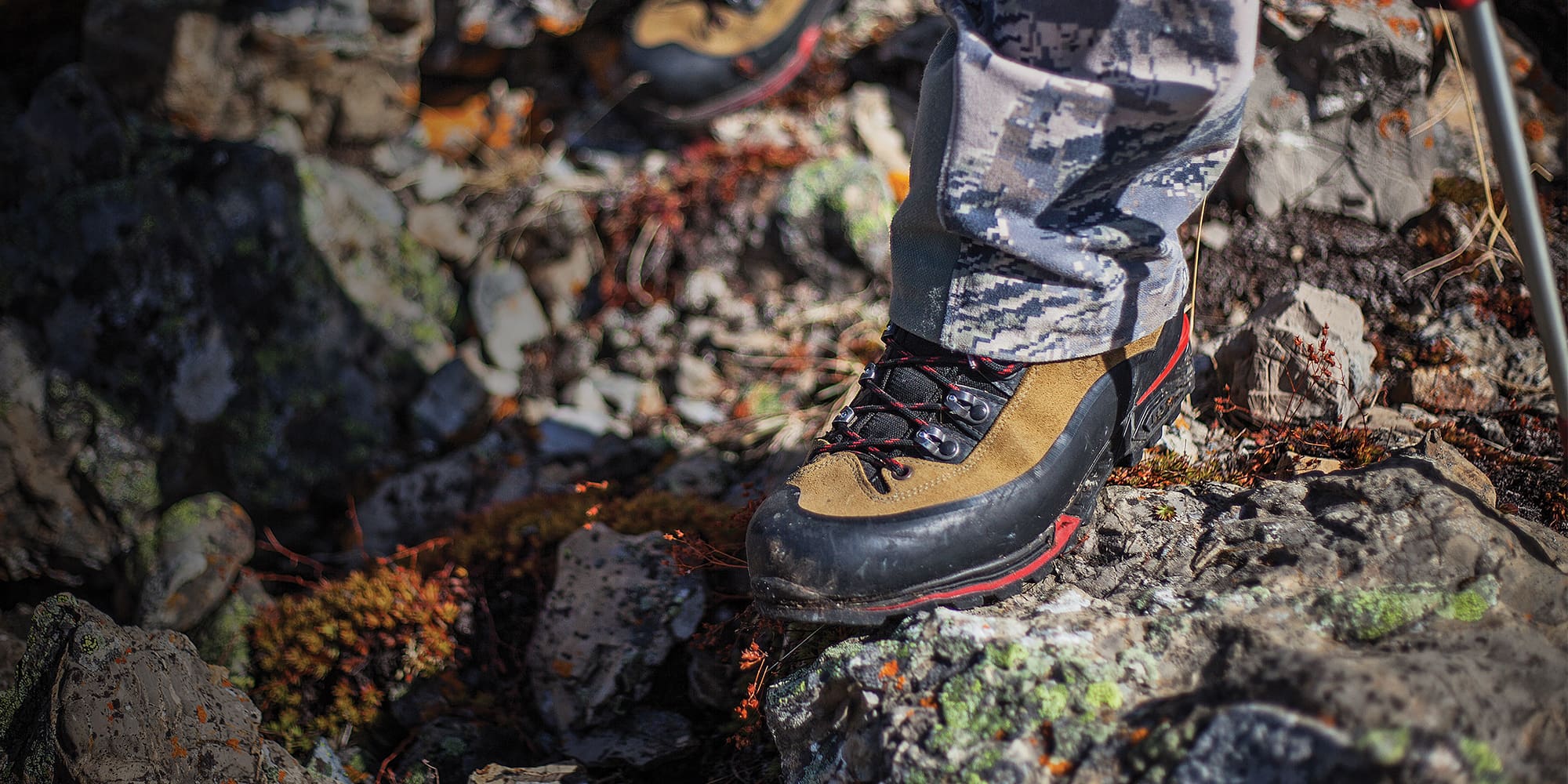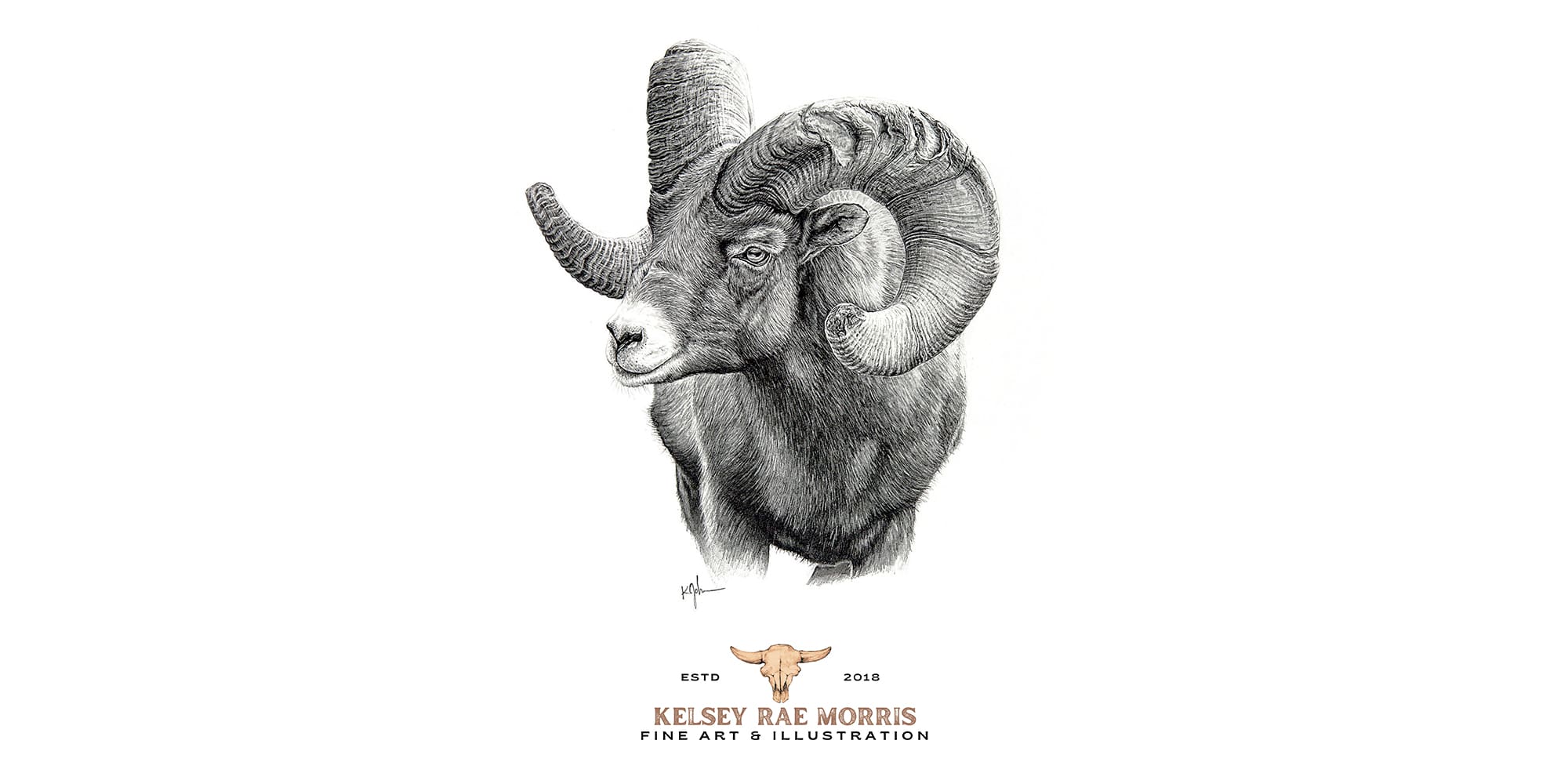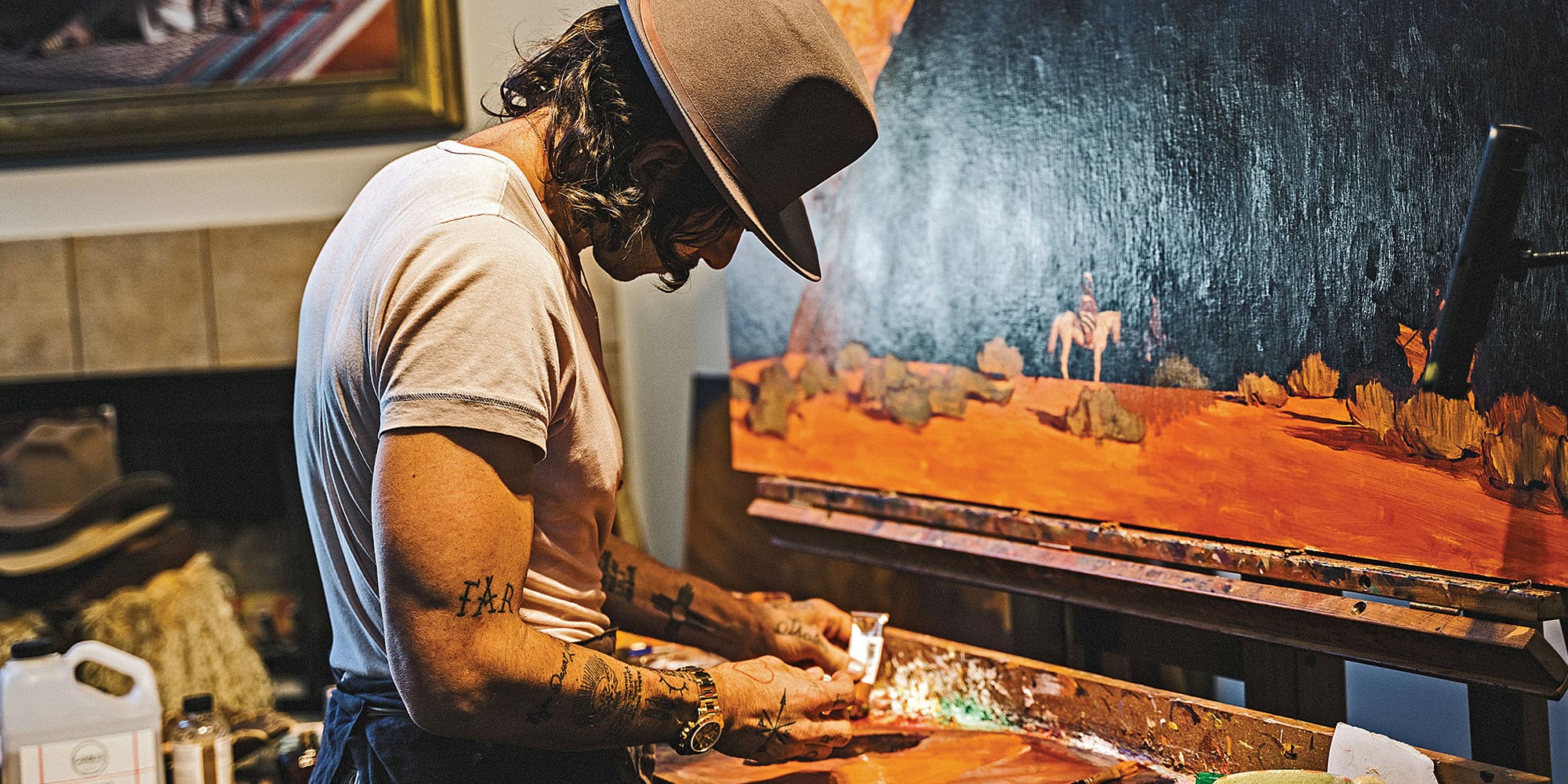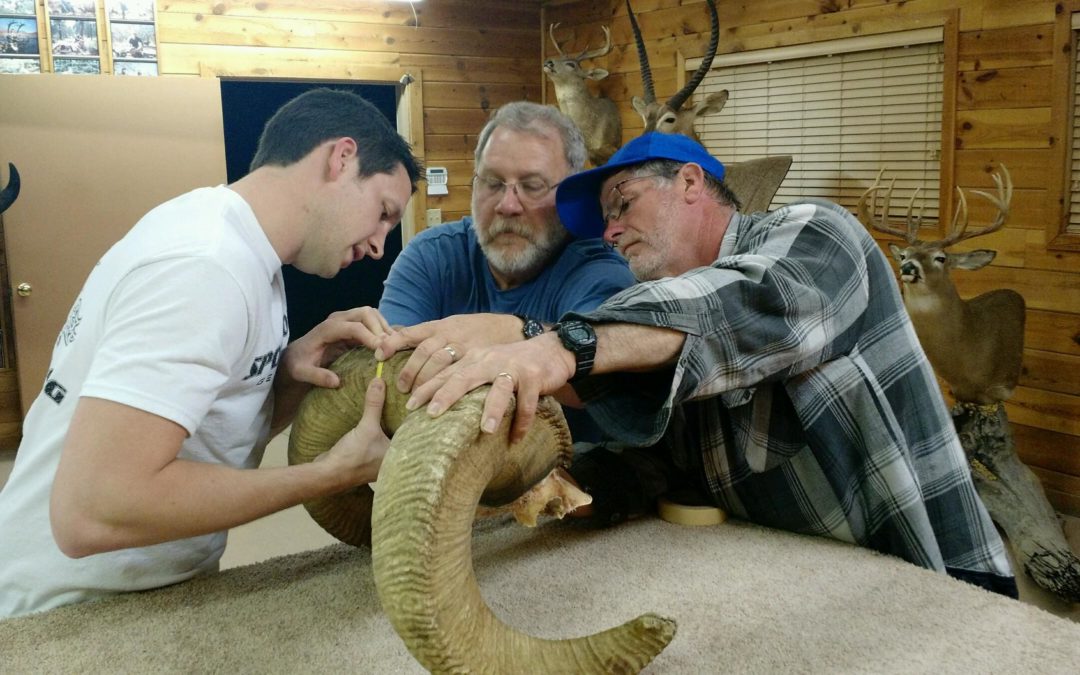
NOTICE: Certain links on this post may earn a commission for Western Hunter Magazine from Amazon or our other affiliate partners when you make a purchase. Thank you for your support.
The Process of Measuring Trophies
The record-keeping organizations and how-to measure trophies.
As an official measurer for Pope & Young, it is always exciting to put a tape measure to a bowhunter’s hard-earned trophy. However, the best part of the process is teaching hunters about the scoring system and eliminating the misconceptions they may have about how things are done. When everything is over, the score is merely a number and should have no weight on the experience of the hunt.
Different measuring systems for North American trophy animals have been in place since the early 1900s. The current measuring system was adopted in 1950 by Boone & Crockett. The system has been in place—with only a few modifications—ever since and has been adopted by many other record-keeping organizations.
How the System Works
The scoring system is based on carefully taken measurements of enduring characteristics of trophies such as antlers, horns or skulls. Doing so is much more accurate and easier to reproduce than other factors such as hide or weight of animals. For B&C, symmetry is rewarded. Well-matched trophies will score higher than mismatched animals of similar size.
In order to have an animal officially measured for B&C or P&Y, there are a couple things to do. First, there must be a drying time before official scoring. It must be 60 days from the moment the trophy is clean and dry, and is stored at room temperature before it can be officially measured. There is no limit on how long after an animal is killed until it can be officially measured. Many animals have been scored decades after they were shot. Next, contact an official measurer by going to either the B&C (rifle) or P&Y (archery) website to locate one. There is a small fee to enter the animal into the records program.
Typical vs. Non-Typical
There are typical and non-typical categories for many of the antlered species. Atypical points are rewarded in the non-typical category and are negatives in the typical category. However, both categories are based on a typical mainframe and there are deductions from each side for the final scores. In other words, even antlers in the non-typical category suffer deductions off the mainframe portions of the score sheet.
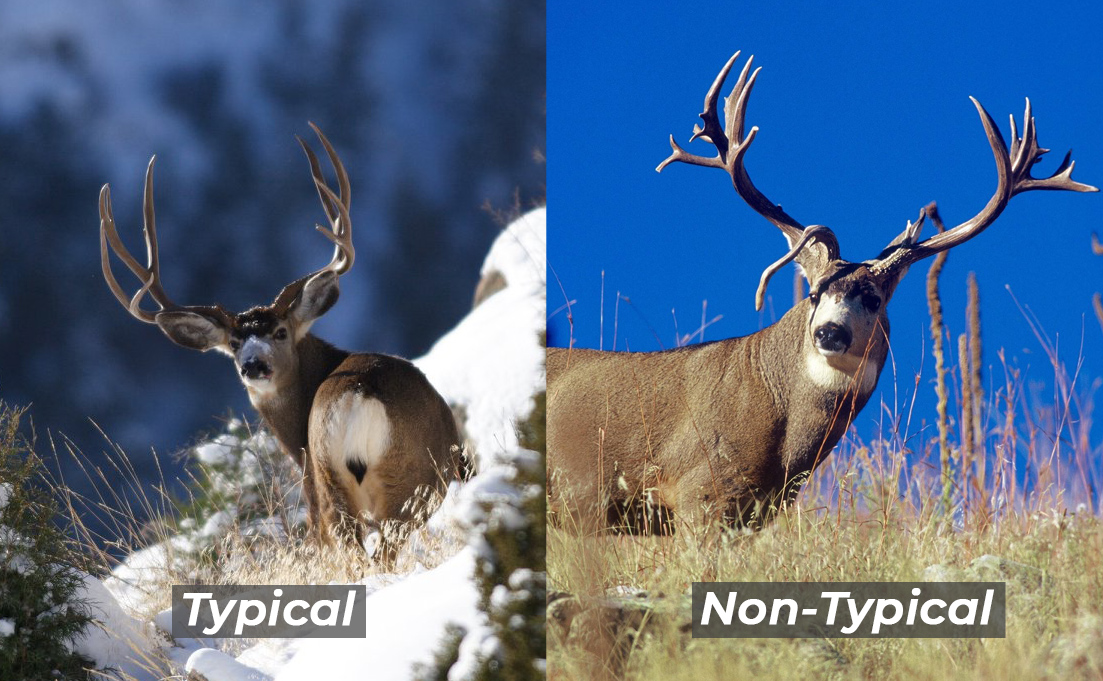
Gross Score vs. Net Score
There is a lot of talk about gross score versus net score. The gross score is more attractive for hunters, guides and outfitters because it is always bigger. Who wouldn’t want to brag about a bigger score when it comes to their trophy animal?!?! However, record-keeping organizations like B&C and P&Y use the net scores for long-term scoring and trophy placement. Even though the net score is the determining factor for placement in the records program, both organizations include the gross score while printing official entries in publication. A gross score is essentially the total of all measurements without any deductions for symmetry.
Basics of Trophy Measuring
For deer and elk, there are a few basic measurements: main beams, tine lengths, four mass measurements per side and inside spread. Length of points are referenced by G-1, G-2, G-3 and G-4, etc. Mass measurements are recorded under H-1, H-2, H-3 and H-4. All measurements are made to the closest 1/8”.
Main beam measurements are taken starting at the burr above the pedicle on the outside of the antler. Slope to the back of the beam and then follow it along the outside until reaching the tip. All points are measured along the midline of the point down to the intersection of the main beam (exception is the G-3 on mule deer and blacktail. It projects off the G-2 instead of the main beam). Find the exact end of each measurement by drawing a line along the intersecting beam as though the measured point was not there. See diagram.

Mass measurements are taken with a 1/4” steel tape at four specific locations on each antler. For mule deer/blacktail it is smallest measurement between the burr and eye guard (H-1), between the eye guard and G-2 (H-2), on the G-2 between the main beam and branch of the back fork (H-3) and on the main beam between the G-2 and the branch of the front fork. For Coues/whitetail the first two mass measurements are the same. However, the H-3 is around the main beam between the G-2 and G-3 and the H-4 is between the G-3 and G-4. If there is no G-4, take the last measurement half-way between the G-3 and the end of the main beam. Elk mass measurements are taken in between each point at the smallest circumference starting between the first and second points. Continue between subsequent normal points until you have four measurements per side.
Each antlered animal gets an inside spread measurement. It is taken at the greatest inside spread between the main beams. The measurement must be taken at a right angle to the center of the skull. The inside spread credit may not be longer than the longest main beam. (Use another diagram)
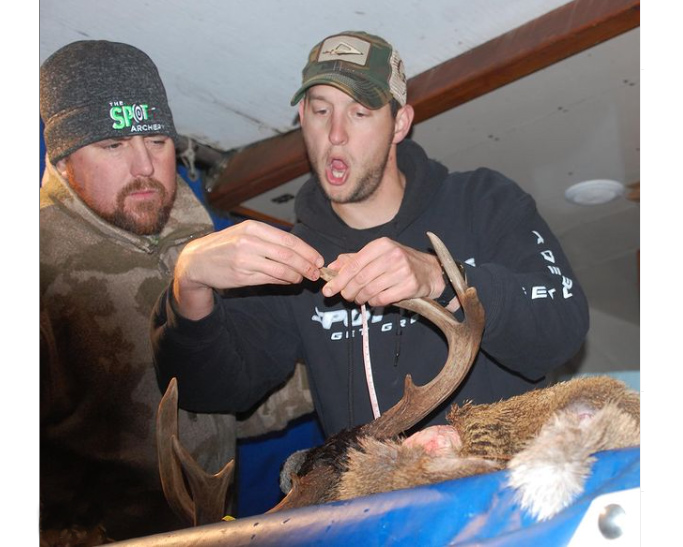
For a final score, main beams, tine lengths and mass measurements from each side must be compared and deducted from one another. For example, if the main beams on a buck are 22 2/8” and 23 1/8”, the deduction is 7/8” from the final score. Do that for each category and add together all deductions. Add all measurements together—including inside spread—to get the gross score of the animal. Subtract the typical frame deductions to get the net score. That’s why gross scores are always higher!!
Non-typical points are any points that don’t project in the natural configuration of the antlers. Examples are drop tines, stickers off regular points, inlines, abnormal forks, crown points (except for Roosevelt and tule elk) and many other abnormal point formations. All non-typical points are added to the non-typical score after the typical frame deductions have been made. That gives a final non-typical score. If there are non-typical points on a typical frame, they are further deductions to the final net score.
For practice score sheets for all North American species click on the links for B&C and P&Y, then select your species.


